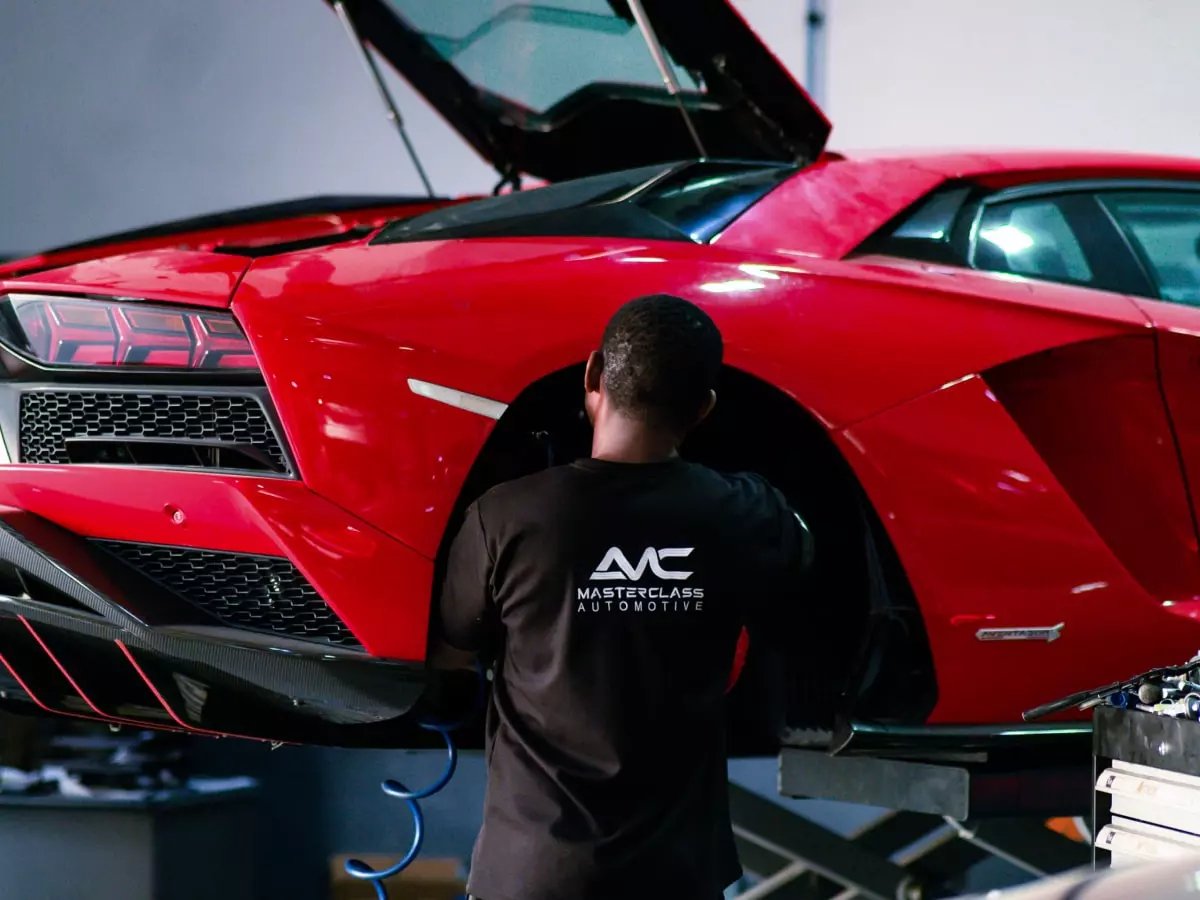When it comes to maintaining your vehicle, wheel alignment is one of the most important services you can’t overlook. Proper wheel alignment ensures that your car handles smoothly, wears its tires evenly, and keeps you safe on the road. But did you know there are four distinct types of wheel alignments? Understanding these types can save you money and prevent unnecessary wear and tear on your car.
Let’s dive into this essential topic and explore how the right alignment makes all the difference.
Why is Wheel Alignment Important?
Before we get into the types, let’s first understand why wheel alignment matters. Misaligned wheels can cause uneven tire wear, poor handling, and even reduce fuel efficiency. Your car’s wheels need to work together as a team. If they don’t, you could be setting yourself up for costly repairs and safety risks.
The process of wheel alignment involves adjusting the angles of your wheels to match your car’s specifications. These angles impact how your tires make contact with the road. Proper alignment improves your car’s performance, ensures comfort while driving, and extends the life of your tires.
The 4 Types of Wheel Alignments
Each type of wheel alignment addresses a specific aspect of how your car’s wheels interact with the road. Here’s a detailed look at each one:
1. Toe Alignment
What is Toe Alignment?
Imagine looking at your car from above. If your wheels point inward or outward instead of being perfectly parallel, you have a toe alignment issue. The term “toe-in” refers to wheels that angle inward, while “toe-out” means the wheels angle outward.
Why Does It Matter?
Toe alignment directly affects your vehicle’s stability and tire wear. If the toe setting is off, your tires might drag across the road instead of rolling smoothly. This misalignment not only wears your tires faster but can also make your car harder to handle.
When to Check Toe Alignment?
You might notice uneven tire wear or a pulling sensation while driving. Regular checks during routine maintenance can catch these problems early.
2. Camber Alignment
What is Camber Alignment?
Camber refers to the tilt of the wheels when viewed from the front of the car. If the top of the wheel tilts inward, it’s called “negative camber.” If it tilts outward, it’s “positive camber.”
Why Does It Matter?
Camber alignment plays a huge role in cornering and stability. Performance cars often use slight negative camber to improve grip during turns. However, if the camber angle is too extreme or uneven, it can cause uneven tire wear and impact your car’s balance.
When to Check Camber Alignment?
Look out for uneven wear on the inside or outside edges of your tires. If you often drive on rough roads, it’s wise to have this checked periodically.
3. Caster Alignment
What is Caster Alignment?
The caster angle measures the tilt of your steering axis when viewed from the side of the car. A positive caster means the steering axis tilts toward the driver, while a negative caster tilts away.
Why Does It Matter?
Caster alignment affects your car’s steering, stability, and cornering. A positive caster helps your car maintain a straight line and improves overall handling. However, improper caster settings can make your steering feel heavy or unresponsive.
When to Check Caster Alignment?
If your car feels difficult to steer or drifts to one side, it’s time to check the caster alignment.
4. Post-Accident Alignment
What is Post-Accident Alignment?
After an accident, even a minor one, your car’s alignment can be thrown off. Post-accident alignment involves a comprehensive check to ensure your wheels are properly aligned and safe to drive.
Why Does It Matter?
Accidents can subtly shift suspension components or frame geometry, leading to poor alignment. If left uncorrected, this can cause uneven tire wear, poor handling, and safety risks.
When to Check Post-Accident Alignment?
If you’ve been in an accident, no matter how small, have your alignment checked immediately. It’s a vital step to ensure your car remains roadworthy.
Signs Your Car Needs a Wheel Alignment
How do you know it’s time for an alignment? Here are some common signs:
- Your car pulls to one side.
- The steering wheel feels off-center when driving straight.
- Uneven tire wear.
- Vibrations in the steering wheel.
- A decrease in fuel efficiency.
If you notice any of these, it’s best to schedule an alignment check promptly.
How Masterclass Auto Can Help?
At Masterclass Auto, we understand the importance of precise wheel alignment. Our expert technicians use state-of-the-art equipment to ensure your wheels are aligned according to your car’s exact specifications. Whether you need a routine alignment or post-accident adjustment, we’ve got you covered. For those in need of wheel alignment services in Dubai, our team provides reliable and efficient service to keep your car running smoothly.
Frequently Asked Questions
In a Nutshell
Proper wheel alignment isn’t just about comfort, it’s about safety, performance, and saving money in the long run. The four types of alignment Toe, Camber, Caster, and Post-Accident address specific angles that ensure your car drives as it should. Regularly checking and maintaining these alignments is essential for every car owner. If you’re in Dubai and need professional alignment services, trust Masterclass Auto. We’ll make sure your car’s wheels are perfectly aligned, so you can enjoy a smooth, safe, and efficient driving experience.



